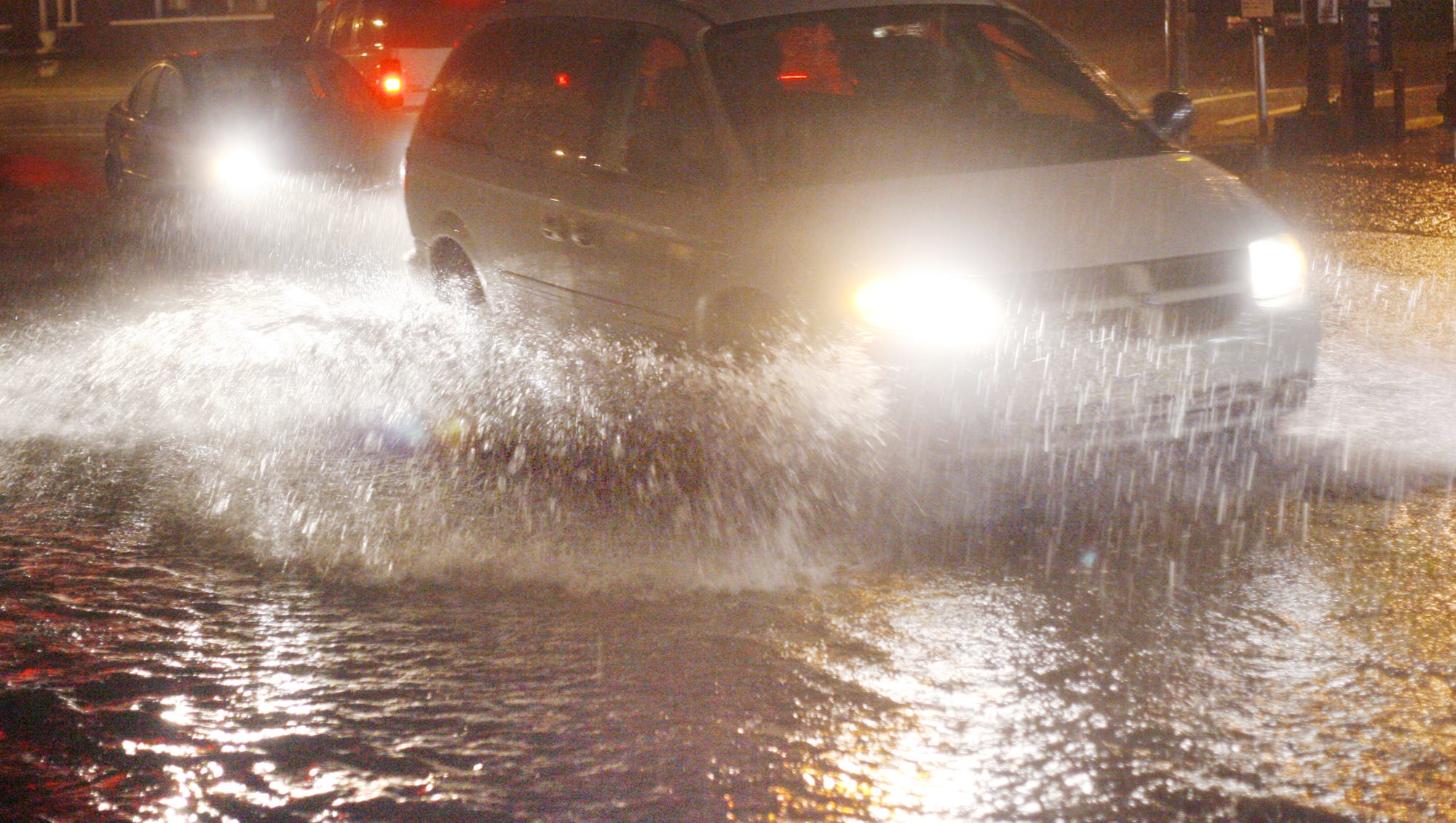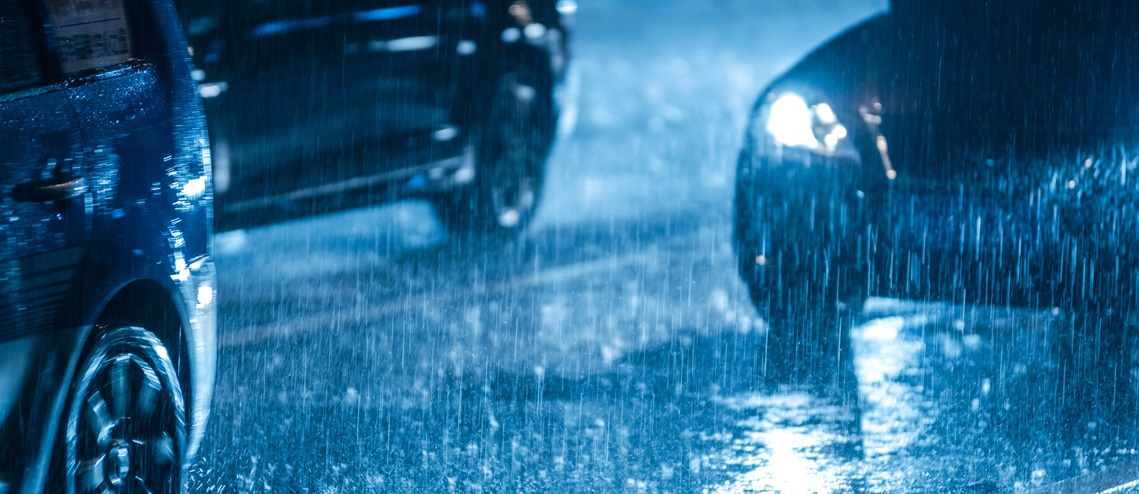

- #Driving in heavy rain how to#
- #Driving in heavy rain drivers#
- #Driving in heavy rain driver#
Also, the roadbed may not be intact under the water.
Shallow, swiftly flowing water can wash a car from a roadway. Turn Around, Don't Drown! If you encounter a flooded roadway, do not attempt to drive through the water. Two feet of rushing water can carry away most vehicles - including sport utility vehicles (SUVs) and pick-ups. A foot of water will float many vehicles. Six inches of water will reach the bottom of most passenger cars causing loss of control and possible stalling. 
Be very careful to pick a safe spot to pullover as everyone’s visibility is dramatically reduced. Keep your headlights on and turn on your hazard warning lights to alert other drivers. If you can’t stop at a rest area and the roadside is your only option, pull off as far as possible and wait it out. When visibility is so poor that the edges of the road or other vehicles can’t be seen at a safe distance, pull over and wait for the rain to ease off. Wipers need replacing? Here are six easy steps to replace your windscreen wipers. Some wipers are better than others, so ask The NRMA for recommendations. If the blades are brittle or damaged, replace them before you’re caught in a deluge.
Make sure your wipers are in good nick and functioning correctly. If you have any doubts about the wet-weather performance of your car’s tyres, get an NRMA mechanic to assess them. Slow down when roads are wet, and avoid puddles to prevent aquaplaning. Fifteen centimetres can knock a person off his or her feet.ĭon’t put off replacing worn tyres. If you find yourself skidding, ease your foot off the accelerator, and steer in the direction you want the car to go.Ī metre of rain water can wash a car away. If your car doesn’t have anti-lock brakes then use light pumping actions. The car’s computer will automatically adjust the brakes. If your car has anti-lock brakes (ABS), then brake normally. Ease your foot off the accelerator and if you must brake, do it gently. If you find yourself aquaplaning, don’t brake or turn suddenly as you may skid. The water pressure causes your car to rise up and slide on a thin layer of water between your tyres and the road. #Driving in heavy rain how to#
How to manage aquaplaning if it happensĪquaplaning occurs when the water in front of your tyres accumulates faster than your car’s weight can push it away. Traction control helps you maintain grip by putting the brakes on the tyres struggling for traction, while a stability control system monitors your steering input, intervening with the brakes and/or reducing engine power. Traction and stability control are helpful on rain-soaked roads. Avoid passing one, but if you must, do it as quickly as safety allows. Tyres from large vehicles can splash enough water to block your vision completely. After you are across the puddle, tap on your brake pedal lightly to dry off some of the water on your rotors. If you can’t gauge the depth, try to avoid it. Water splashing up into your car’s engine compartment may damage its internal electrical systems or a pothole under the water could damage a rim or knock your suspension out of alignment. Switch on both front and back demisters/heaters and make sure the air conditioning is also turned on. Rain can cause your windscreen to fog up. Pedestrians are also impatient to get out of the rain so may make rash crossing decisions. Visibility is lower and rain deadens sound, so the usual visual and audio cues for measuring car distances become obscured. Keep an eagle eye out for pedestrians and cyclists. #Driving in heavy rain drivers#
Use you turn signals earlier, so that other drivers can read your intentions easily.
#Driving in heavy rain driver#
This increases the stopping distance between you and the car in front of you and lets the driver behind you know you’re slowing down. Keep a keen eye on their brake lights so you can quickly anticipate their actions.
Drive in the tracks of a car ahead of youįollowing another car’s tracks on wet roads can reduce the amount of water between the road and your car’s tyres. Not only will your lights help you see the road, but they’ll help other drivers see you. Your normal route might be flooded or jammed, so don’t blow a fuse if it is – everyone’s in the same car-shaped boat. Continued rain will eventually wash away the oil, but the first few hours are the most slippery so bear that in mind. When it rains, the surface becomes slippery. Exercise extreme caution if a deluge has followed a long dry spellĭuring a dry spell, engine oil and grease collects on the road. 
The fundamental thing to realise is that wet-weather driving demands you drive much slower, however, there are also other expert NRMA Driver Training tips to help you avoid an accident when facing wet roads. At some stage motorists of all levels will find themselves driving in the rain.







 0 kommentar(er)
0 kommentar(er)
